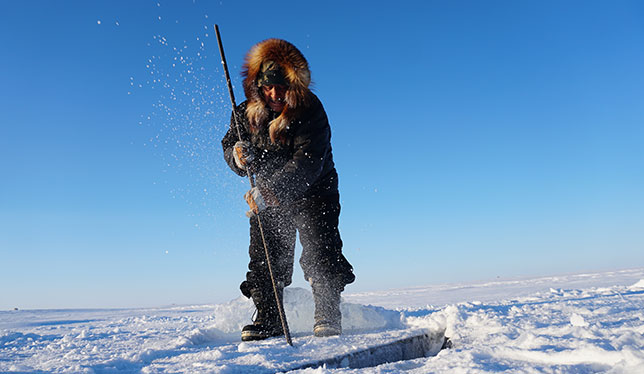The pivotal moments of a researcher’s journey often go unseen by the public, occurring in remote locations or in tucked-away laboratories. But the breadth and diversity of research endeavors at Canadian universities should be celebrated and shared widely.
At Queen’s University, for the sixth consecutive year, faculty, students, staff, and alumni have drawn on their creativity to share their work through “The Art of Research” photo contest. “[The competition] takes us behind the scenes, bringing to life what our researchers experience in the lab, the archives, and the field, in the pursuit of new knowledge,” said Michael Fraser, vice-principal, university relations.
This year’s contest has been re-imagined through the lens of the United Nations’ Sustainable Development Goals, with each winner aligned with one or more of the 17 global calls to action. “Our audiences are interested in how research is helping to change the world and this striking collection of images tells a visual story of our wide-ranging impact,” said Mr. Fraser.
Category Prize: Partnerships for Inclusivity
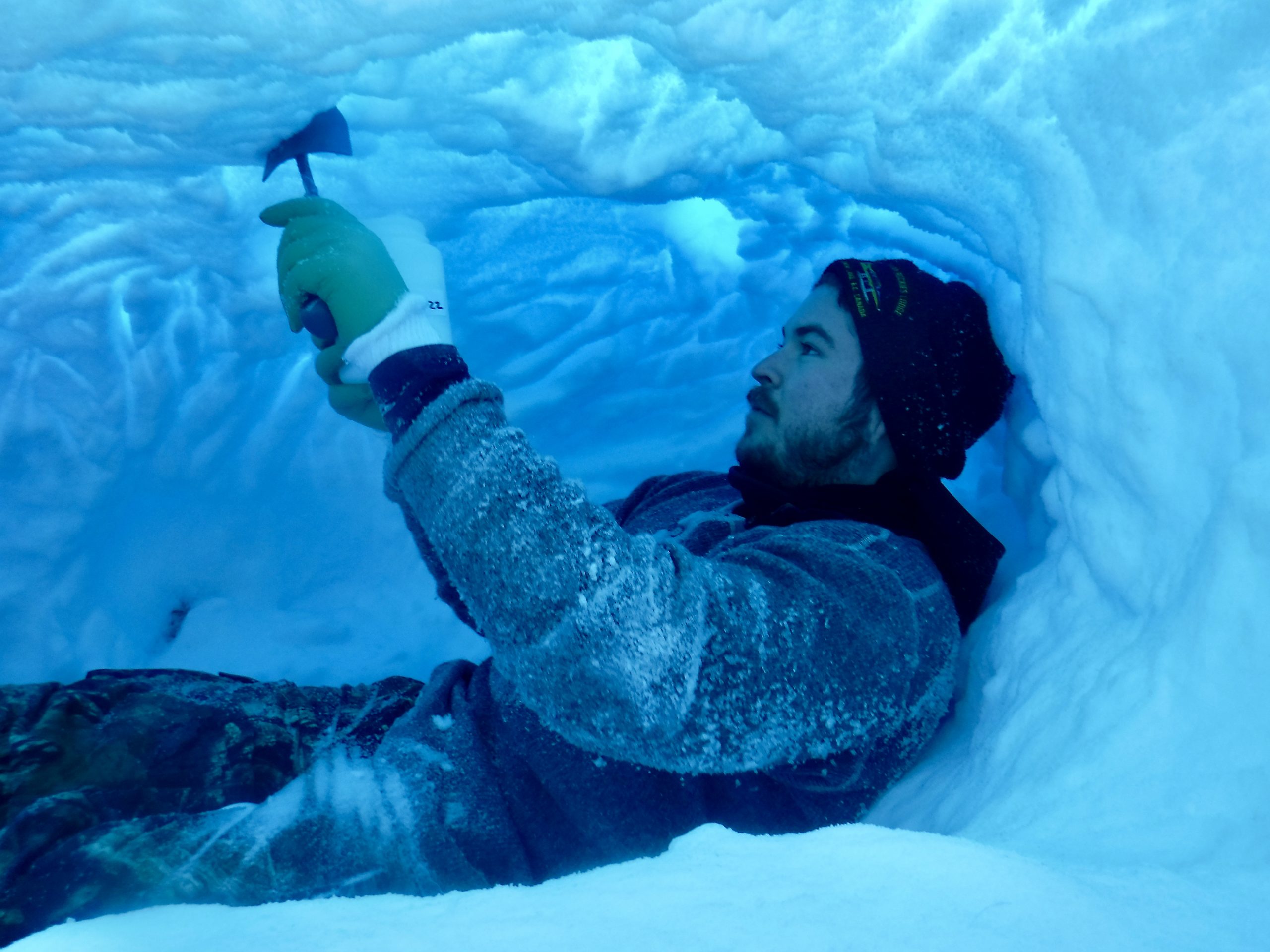
“This photo demonstrates the collection of snow from inside a maternal polar bear den to collect environmental DNA. When the mother digs out the den, skin cells from her paws are abraded and stuck to the snow,” wrote Scott Arlidge, a graduate student in the school of environment studies who took this photo in Coral Harbour, Nunavut. “Some preliminary research shows that we may be able to identify individual bears by analyzing these snow samples, information which can inform polar bear population management.”
Category Prize: Good Health and Well-being
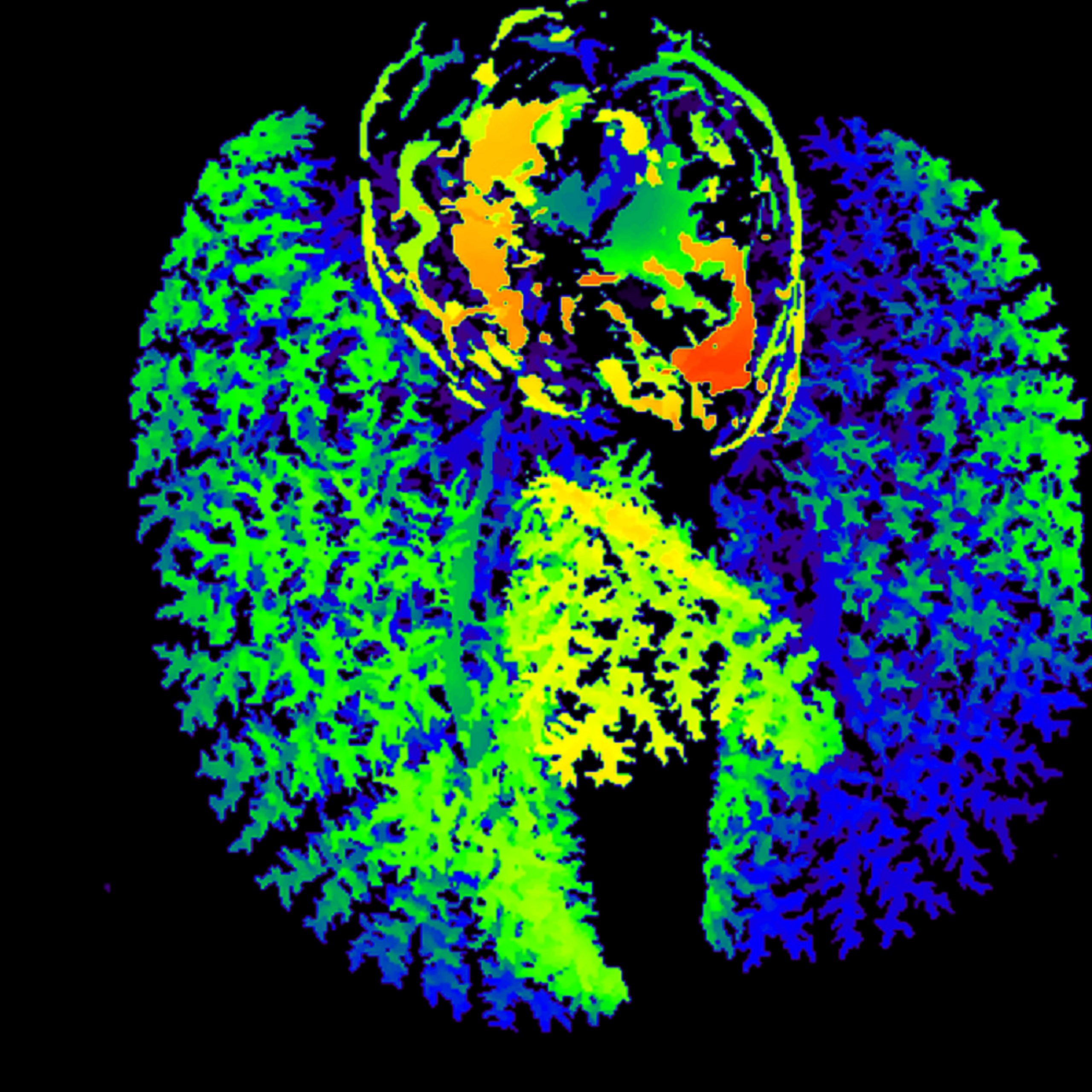
“[COVID-19] complications and mortality are associated with pneumonia and alterations in the pulmonary vasculature,” wrote Elahe Alizadeh, an assistant professor (adjunct) in the department of medicine. This photo, which captures the vascular trees of a mouse, was taken with the first tri-modality imaging system equipped with an ultra-high-resolution micro-computed tomography (µCT) scanner at Queen’s.
Category Prize: People’s Choice
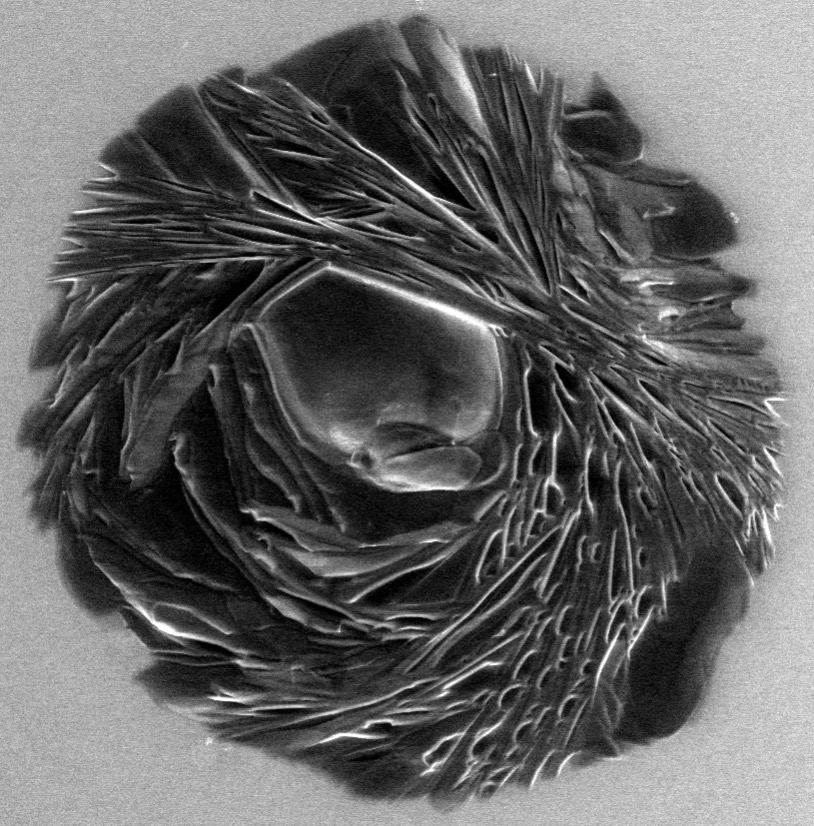
“This photo taken with scanning electron microscopy depicts an extremely small yet precise volume (i.e., nanolitre-sized) of crystallized decanoic acid,” wrote Dan Reddy, a PhD student in the department of chemistry. “We are using these spots of crystalline acid to [soak up] chemicals of concern like opioids from wastewater samples. This preconcentration step improves our ability to monitor these chemicals. By doing so, we can improve how we detect these harmful compounds and protect local watersheds.”
Category Prize: Partnerships for Inclusivity
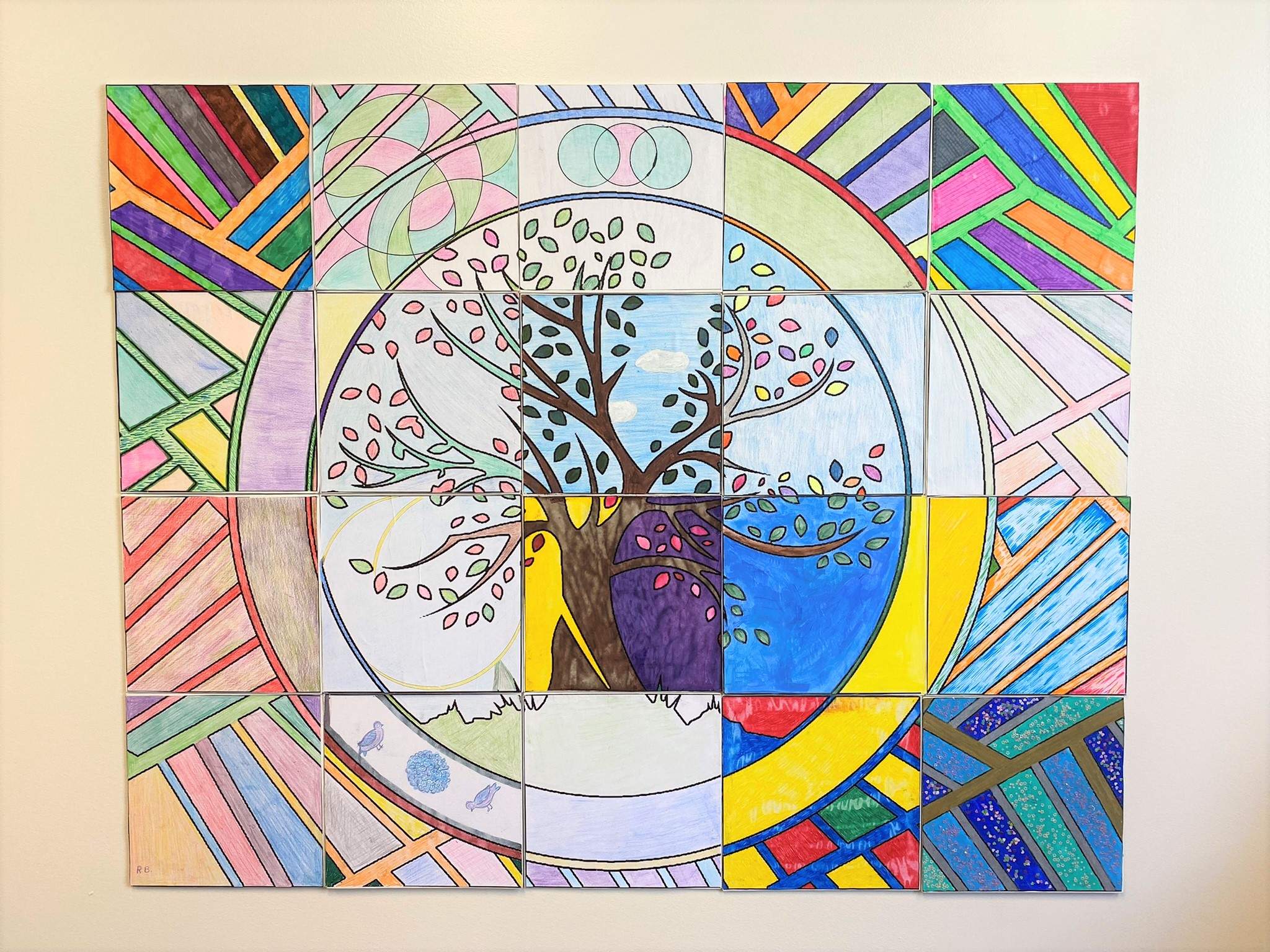
“This photo depicts a mural that represents the power of communities coming together,” wrote Riley Malvern, a community developer at the Queen’s Health Services and Policy Research Institute. Ms. Malvern is a member of the Oasis research team, which supports a program co-developed by older adults to strengthen and sustain communities to support aging in place. “Each square of this mural was designed by an Oasis member from communities across Kingston and Belleville. Together, these squares form the Oasis logo, which was designed by members of the original Oasis community.”
Category Prize: Creative and Sustainable Communities
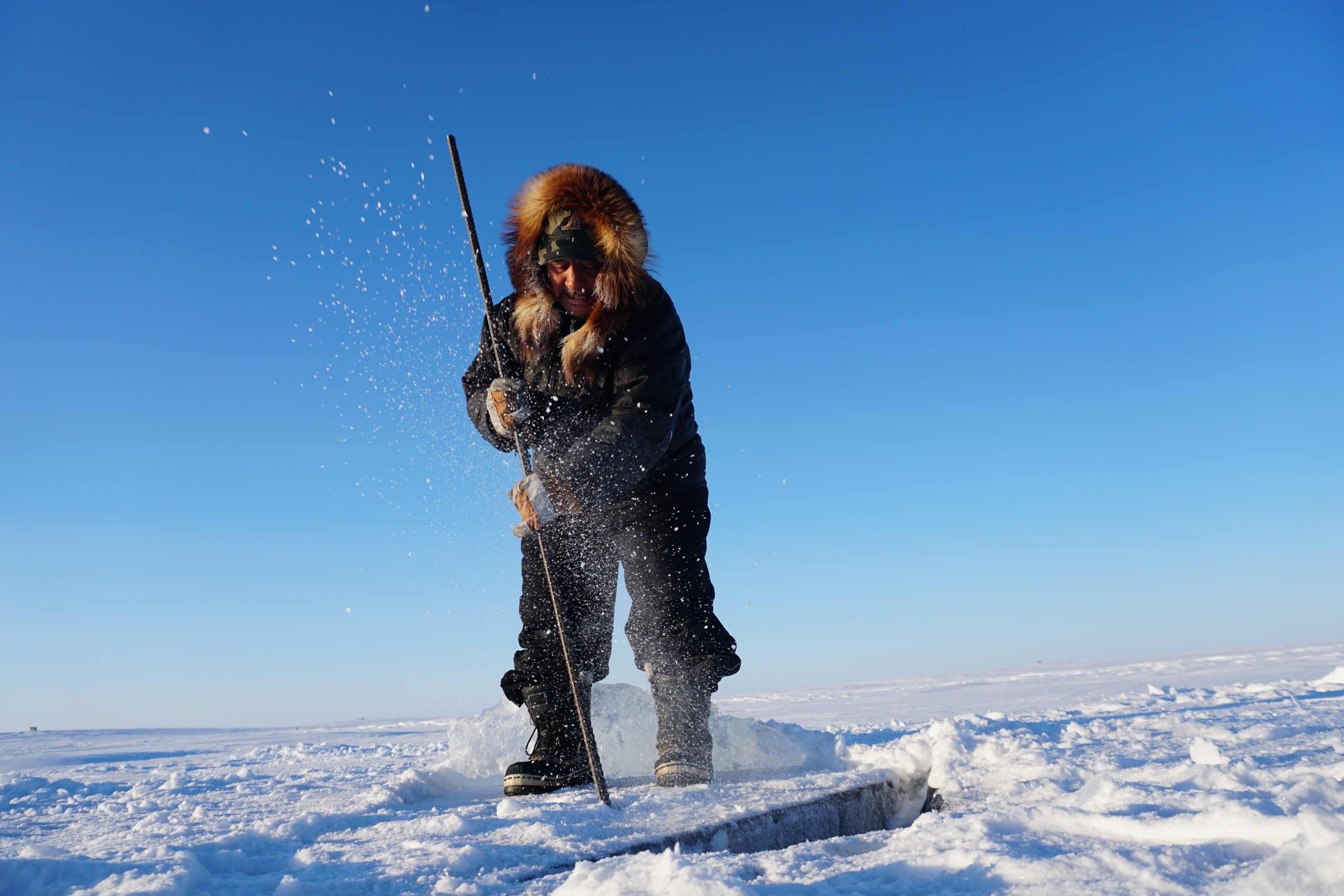
“The Inuit practice an ongoing relationship with the land through camping, hunting, and fishing. As part of the BearWatch project, I explore how such knowledge, accumulated over many generations, and Inuit values can be ethically engaged in a community-based polar bear monitoring program,” wrote Saskia de Wildt, a PhD student in the school of environment studies. This photo, taken in Gjoa Haven, Nunavut, captures an Inuit man collecting ice from the lake for tea.
Category Prize: Innovation for Global Impact

“The SNO+ experiment studies the fundamental properties of neutrinos,” wrote Alex Wright, a professor in the department of physics, engineering physics and astronomy at Queen’s. SNO+ is a liquid scintillator detector that consists of an acrylic vessel 12 metres in diameter filled with 780 tonnes of liquid scintillator, which floats in a water bath and is held in place by ropes, viewed by an array of about 10,000 photomultiplier light detectors. “In this image, taken by a camera embedded in the photomultiplier array, the detector is illuminated only by light from the clean room at the top of the vessel neck, producing a beam effect,” wrote Dr. Wright, who captured this image in the SNOLAB, which is located two kilometres under the Creighton mine near Sudbury, Ont.
Category Prize: Climate Action
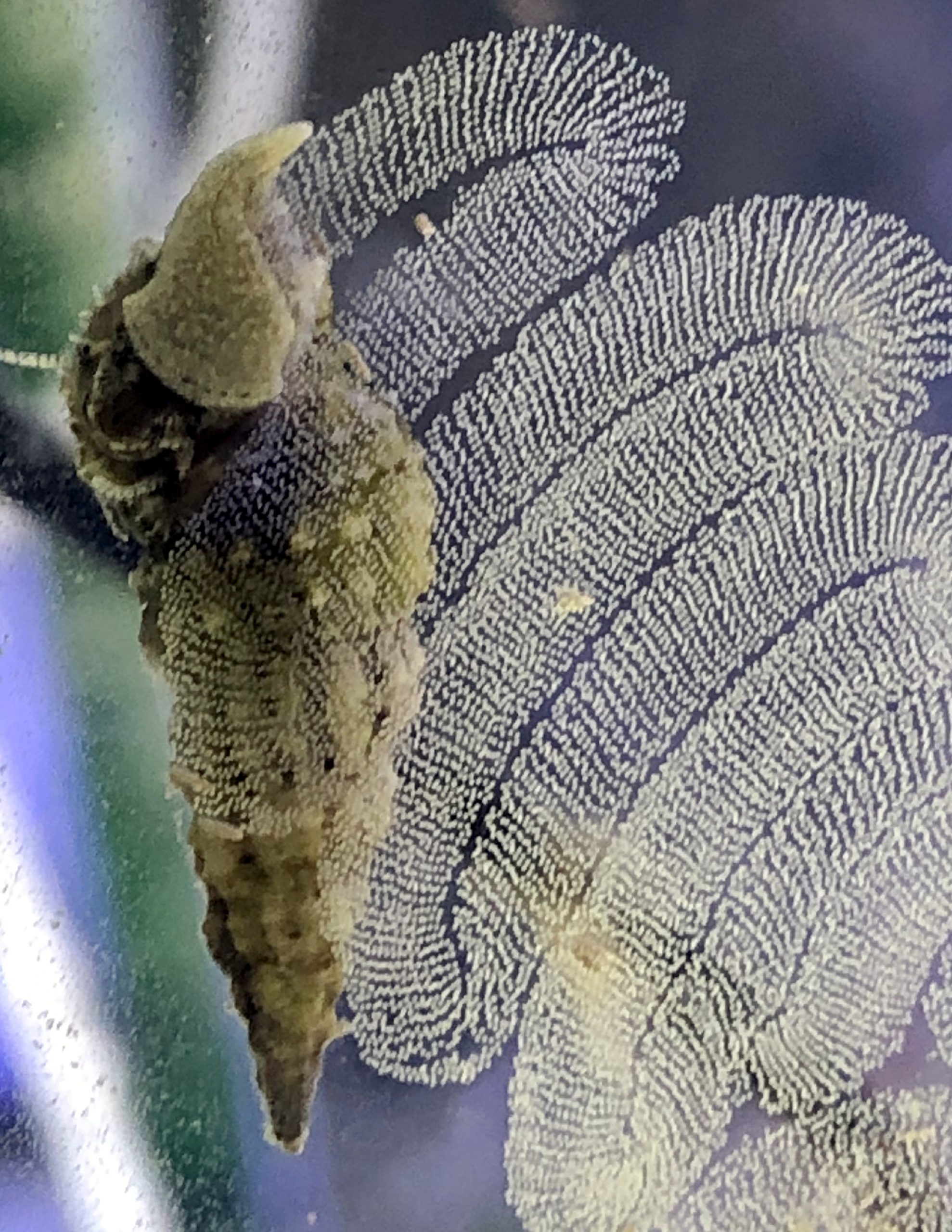
“This is a picture of a gastropod mummy laying down her egg cases,” wrote Ruqaiya Yousif, a PhD student in geological sciences and geological engineering, who took the photo in Qatar. “At the time of this picture, we were growing gastropods under laboratory conditions and performing invitro fertilization of oysters.”







